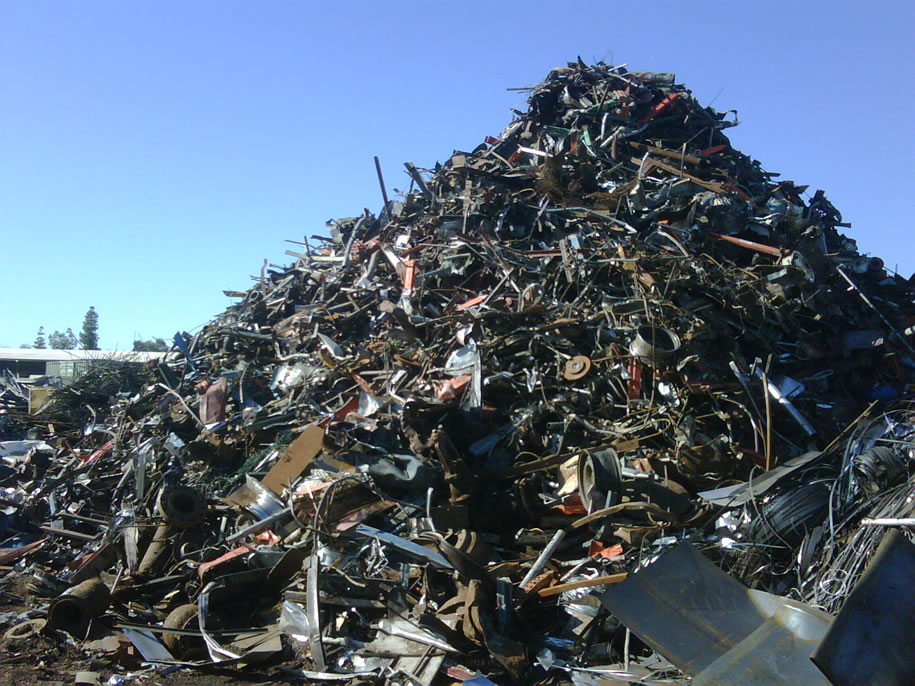The world is moving rapidly from a linear economy to a circular economy. This transition aims at minimizing waste and maximizing resource efficiency. The demand for metals keeps going up, which means there’s a huge strain on our planet’s finite resources. Therefore, it’s important to keep materials and products in use for as long as possible to conserve resources and protect the environment.

Scrap metals play a role in supporting a circular economy because they can be recycled multiple times without losing their properties. In today’s blog post, we explain how scrap metal supports a circular economy. As a reputable dumpster rental company, we understand the impact of scrap metal recycling on our economy. If you’re looking for a reliable scrap metal buyer, we are one phone call away.
The circular economy is a model of production and consumption designed to minimize waste, maximize resource use, and reduce environmental impact. Rather than following the traditional take-make-dispose approach, the circular economy keeps materials in use for as long as possible. Scrap metal recycling plays a key role in this system by allowing metals to be recovered, reused, and repurposed without losing their quality or value over time.
Metals are among the most recyclable materials on Earth. Unlike some resources that degrade after one or two recycling cycles, metals like aluminum, steel, copper, and brass can be recycled indefinitely. This makes them ideal for a circular economy, where the goal is to continuously loop valuable materials back into the production cycle. Instead of sending metal waste to landfills, scrap metal recycling gives these materials new life in the form of cars, appliances, tools, construction materials, and more.
Reintroducing recycled metals into manufacturing reduces the need for mining virgin ores. For example, recycling aluminum saves up to 95% of the energy required to produce it from raw materials. That means fewer greenhouse gas emissions, reduced air and water pollution, and conservation of finite natural resources.
The beauty of scrap metal recycling lies in its ability to transform something old and worn into something new and functional. A rusted-out lawn chair, for instance, might one day become part of a new bicycle or power tool. Broken copper piping could be turned into electrical wiring for a new building. These transformations are only possible because of the durability and recyclability of metal.
The recycling process involves collection, sorting, shredding, melting, and purification. Once refined, the metals are shaped into ingots and shipped off to manufacturers, ready to be used in a wide variety of industries. Every time this cycle is repeated, it keeps valuable materials in use and out of the waste stream.
Scrap metal recycling doesn’t just benefit the planet; it also supports local economies. It creates jobs in collection, sorting, processing, transportation, and resale. It also allows homeowners, contractors, and businesses to make money from items they would otherwise discard. With demand for raw materials steadily increasing, the value of scrap metal remains strong, especially for high-demand metals like copper and brass.
Environmentally, the benefits are even greater. The U.S. Environmental Protection Agency reports that metal recycling reduces emissions of greenhouse gases compared to using virgin materials. It also helps lower the amount of waste in landfills, which extends their lifespan and reduces the risk of soil and groundwater contamination.
If you’re looking for a dumpster rental service or a scrap metal buyer, get in touch with the team at Scrap It Dumpster. We are committed to turning scrap metals into real value for our customers. We offer fair prices, convenient drop-offs, and friendly service. Moreover, we provide residential, commercial, construction, and roll-off dumpsters. Contact us now for a consultation.
Stay informed with the latest updates, industry trends, and expert insights. Explore our articles for valuable tips, news, and company updates.
Getting ready for a major project? Whether you’re installing roofing in a new construction, remodeling some rooms in your home, or…
Read More